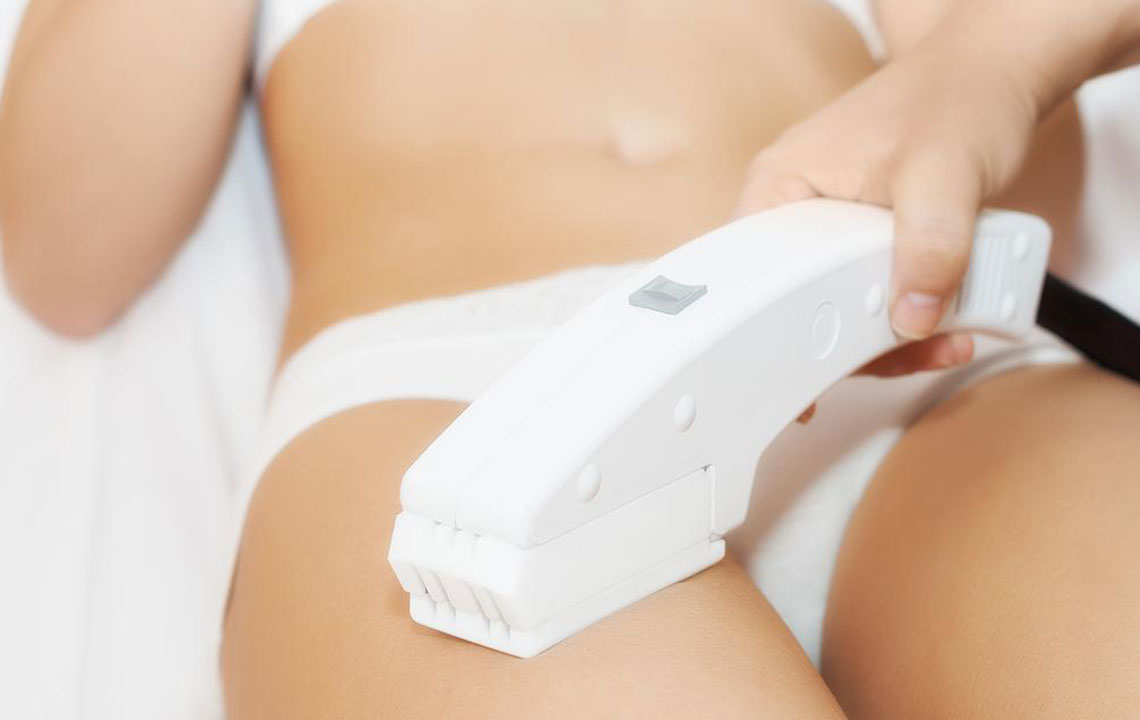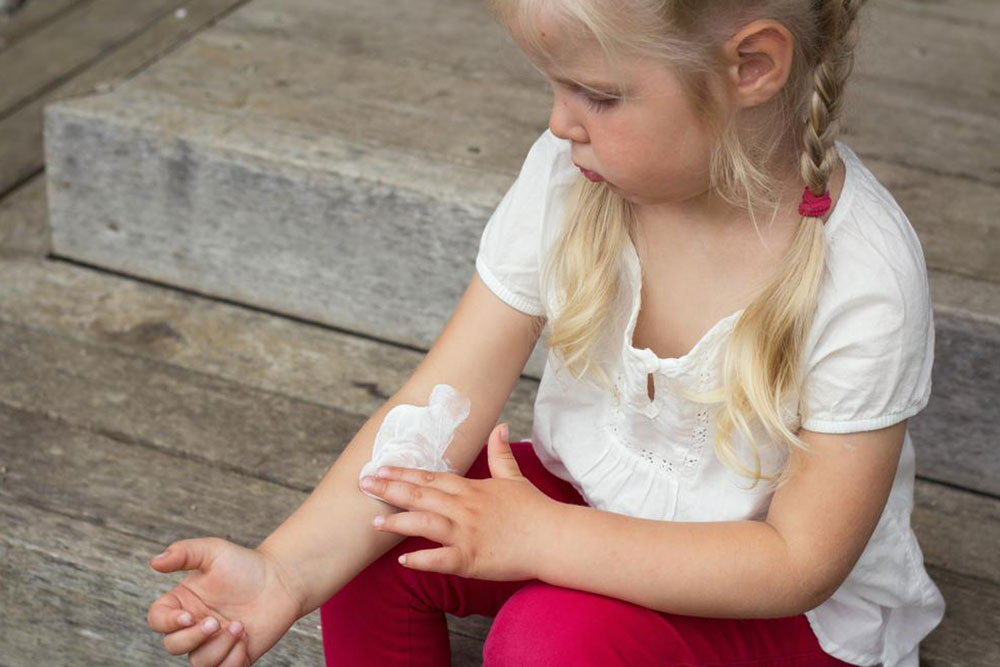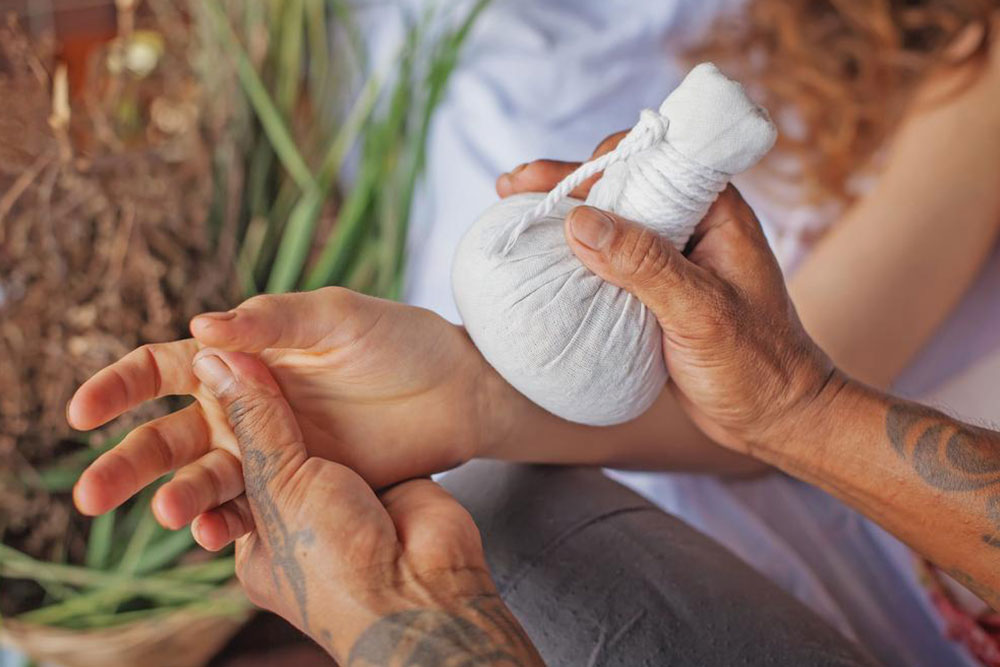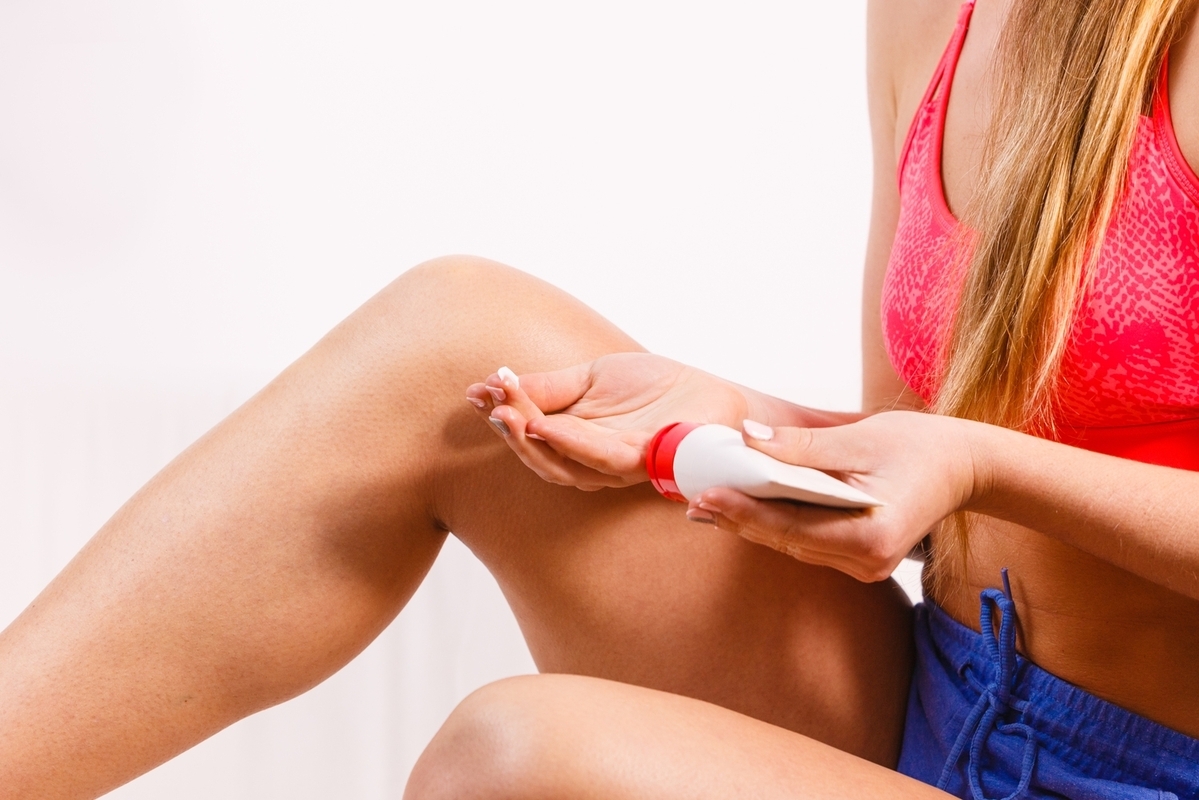Comprehensive Guide to Preventing and Treating Ingrown Hairs for Healthy Skin
Learn effective strategies for preventing and treating ingrown hairs with expert tips on skincare routines, shaving techniques, and professional treatments. Discover how to keep your skin smooth, healthy, and free from painful bumps through proper hair removal methods and skincare practices tailored for all skin types.

Comprehensive Strategies to Prevent and Treat Ingrown Hairs
Experiencing unusual skin bumps that cause discomfort and irritation? These could be ingrown hairs, a common yet sometimes misunderstood skin condition. Unlike regular pimples or rashes, ingrown hairs form when hair curls back or grows sideways into the skin, leading to painful, raised red bumps. These bumps often resemble pimples or boils and can sometimes become infected, especially if left untreated. Both men and women are vulnerable to ingrown hairs, particularly in regions prone to hair removal methods such as shaving, waxing, or tweezing. Common affected areas include the face, neck, arms, legs, pubic region, and armpits.
Understanding the causes of ingrown hairs is crucial for effective prevention and treatment. Curly or coarse hair types are especially prone to curling back into the skin. Improper shaving techniques, such as using dull blades, shaving too closely, or shaving against the hair growth direction, can increase the risk. Dry skin, which causes inflammation and buildup, also favors the development of ingrown hairs. Additionally, wearing tight clothing that causes friction and irritation enhances the chances of hair curling into the skin or breaking below surface level. Recognizing these factors helps individuals adopt better hair removal and skincare practices to minimize the occurrence of ingrown hairs.
To effectively prevent ingrown hairs, integrating proper skincare routines is essential. Regular exfoliation helps remove dead skin cells that can clog hair follicles and trap hairs beneath the surface. Using a gentle scrub or chemical exfoliant containing salicylic acid or alpha-hydroxy acids can be beneficial. When shaving, always use a sharp, clean razor blade to reduce skin trauma, and shave in the direction of hair growth to minimize irritation. Applying a nourishing shaving gel or cream creates a protective barrier, preventing razor burn. Post-shave, moisturize your skin with soothing lotions that contain ingredients such as aloe vera or witch hazel.
Wearing loose, breathable clothing, especially after hair removal procedures, reduces friction and skin irritation. It's advisable to avoid tight apparel that compresses skin, trapping hairs and promoting inflammation. Hydration and maintaining dry, healthy skin also play a vital role; using moisturizers suitable for your skin type can prevent dryness and irritation, reducing susceptibility to ingrown hairs. If you have curly or coarse hair, consider alternative hair removal methods like laser hair removal, which can provide a more permanent solution and reduce the likelihood of ingrown hairs over time.
When dealing with existing ingrown hairs, proper removal and care are critical to prevent infection and scarring. First, apply a warm compress to the affected area for several minutes to soften the skin and open pores. This makes it easier to gently loosen the ingrown hair. Avoid squeezing or picking at bumps, as this can introduce bacteria and worsen inflammation. If the hair is visible above the skin surface, sterilize tweezers or a sterile needle to gently lift the hair out. Do not attempt to tweeze deeply embedded hairs, as this can lead to scarring.
Over-the-counter treatments can effectively manage ingrown hairs. Topical creams containing antibiotics are useful if there is signs of infection. Retinoid creams help promote skin renewal and reduce the occurrence of ingrown hairs by preventing hair follicle blockage. Salicylic acid and glycolic acid exfoliants can help prevent hair from curling back into the skin by maintaining smooth and open hair follicles. Consistent application of these products, along with gentle skincare, can significantly reduce the risk of recurrence.
In cases of persistent or painful ingrown hairs, consulting a dermatologist is recommended. They can provide specialized treatments such as chemical depilations, laser hair removal, or other dermatological procedures tailored to your skin type and hair characteristics. Additionally, they can advise on personalized skincare routines to prevent future occurrences.
In summary, preventing and treating ingrown hairs requires a combination of proper shaving techniques, regular exfoliation, skin hydration, and appropriate clothing choices. Active management and early intervention can minimize discomfort, prevent infections, and maintain healthy, smooth skin. By understanding the underlying causes and adopting a dedicated skincare regimen, you can significantly reduce the frequency and severity of ingrown hairs, leading to better skin health and confidence.





